
JIRA Agile Essentials
¥54.49
If you want to get started with JIRA Agile and learn how to run your JIRA projects the agile way, then this is the perfect book for you. You will need to be familiar with the basics of JIRA, both from an end user's and an administrator's perspective. Experience with workflows, custom fields, and other administrative functions of JIRA will be useful.
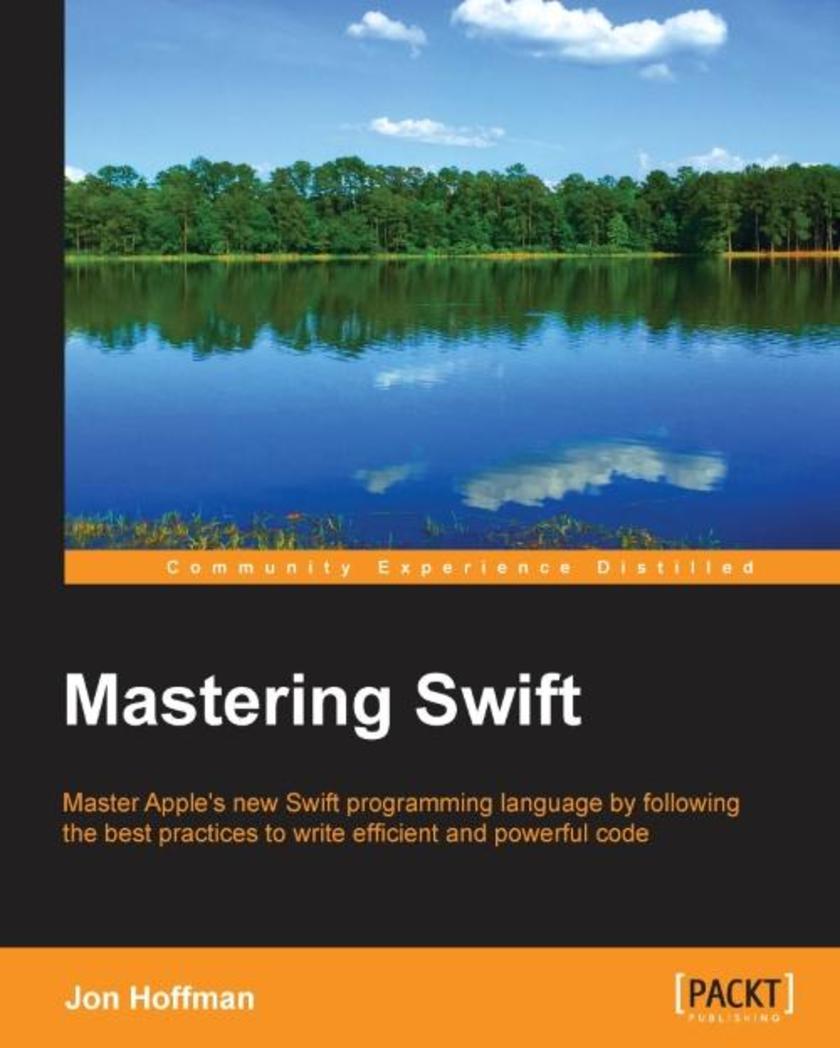
Mastering Swift
¥90.46
If you are a developer that learns best by looking at, and working with, code, then this book is for you. A basic understanding of Apple's tools is beneficial but not mandatory.

Android for the BeagleBone Black
¥45.77
If you are an Android app developer who wants to experiment with the hardware capabilities of the BeagleBone Black platform, then this book is ideal for you. You are expected to have basic knowledge of developing Android apps but no prior hardware experience is required.
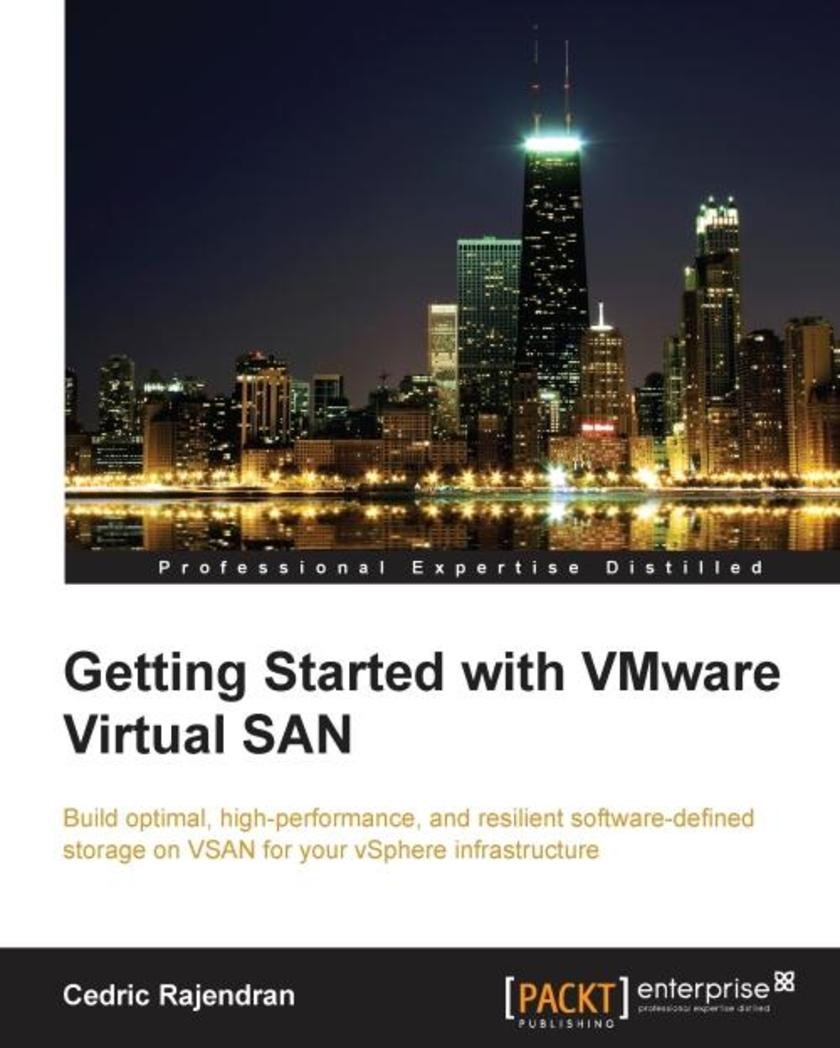
Getting Started with VMware Virtual SAN
¥45.77
This book is intended for server administrators and storage administrators who would like to successfully build and scale a VSAN-backed vSphere infrastructure. A basic understanding of vSphere concepts and storage fundamentals will be helpful.
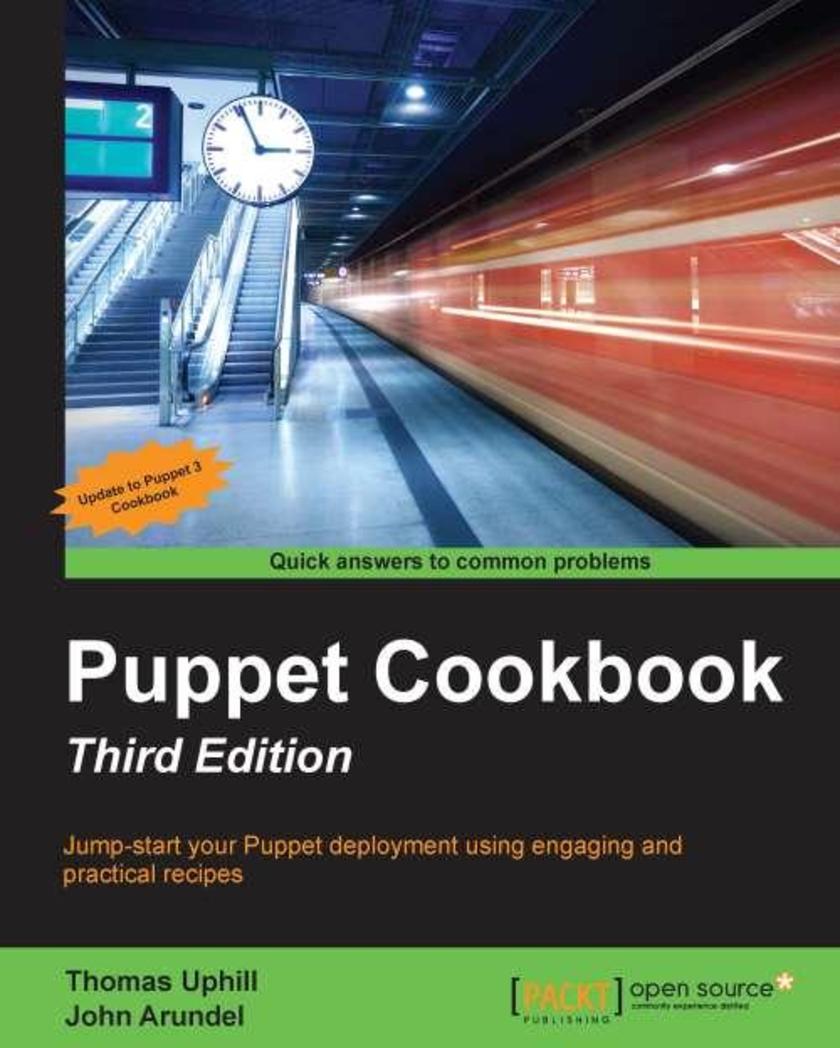
Puppet Cookbook - Third Edition
¥80.65
This book is for anyone who builds and administers servers, especially in a web operations context. It requires some experience of Linux systems administration, including familiarity with the command line, file system, and text editing. No programming experience is required.
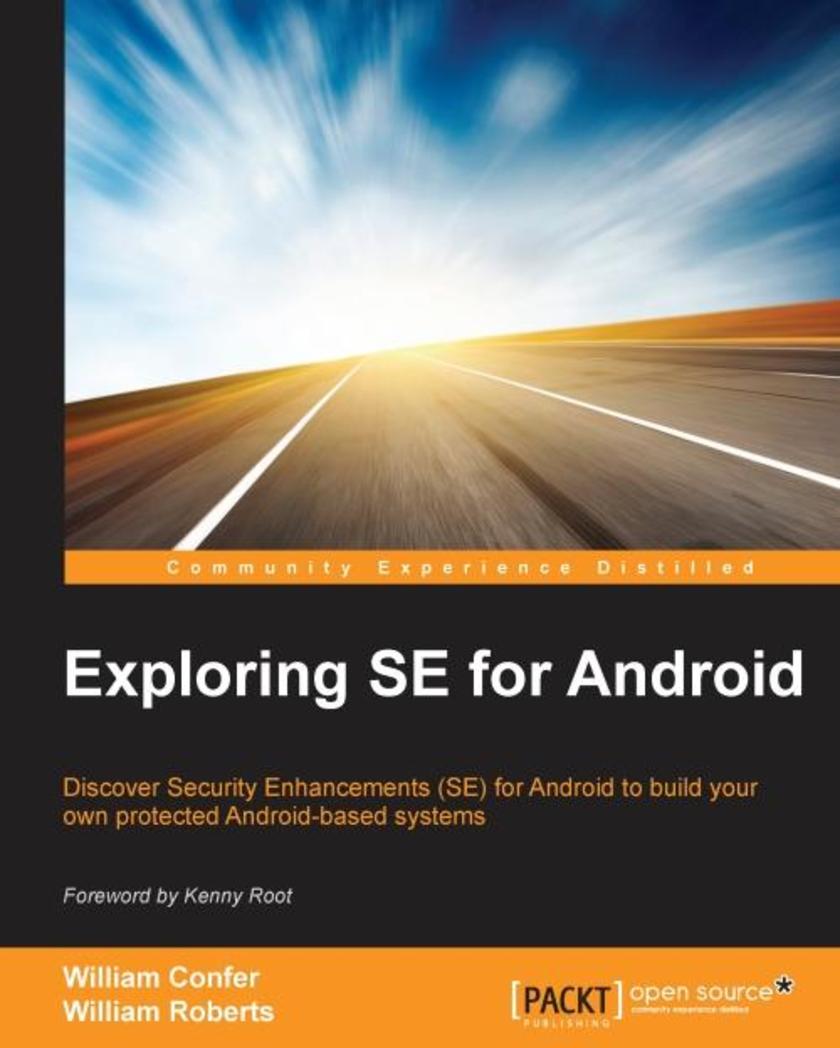
Exploring SE for Android
¥80.65
This book is intended for developers and engineers with some familiarity of operating system concepts as implemented by Linux. A basic background in C code would be helpful. Their positions range from hobbyists wanting to secure their Android powered creations to OEM engineers building handsets to engineers of emerging areas where Android is seeing growth.

Data-oriented Development with AngularJS
¥45.77
This book helps beginner-level AngularJS developers organize AngularJS applications by discussing important AngularJS concepts and best practices. If you are an experienced AngularJS developer but haven't written directives or haven't created custom HTML controls before, then this book is ideal for you.
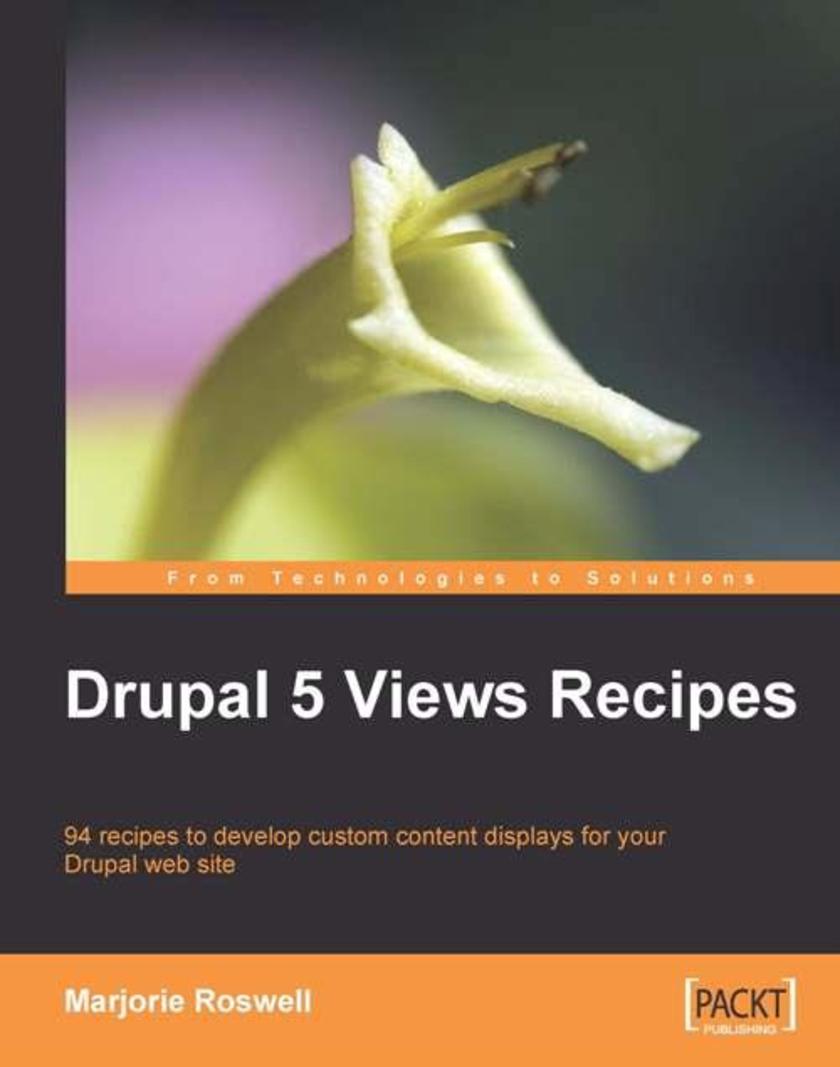
Drupal 5 Views Recipes
¥90.46
This book will give you a long list of powerful recipes. Choose the ones that suit your needs and use them through step-by-step instructions. Most of the recipes are code-free, but a number of the recipes contain code snippets. This book is primarily written for Drupal site builders, administrators, and themers who want to develop custom content displays using Views. It can be used by anyone who has a Drupal 5 web site, including original site developers as well as people who have inherited a Drupal 5 site. Some knowledge of HTML and CSS is required; PHP basics will be handy for some of the recipes.
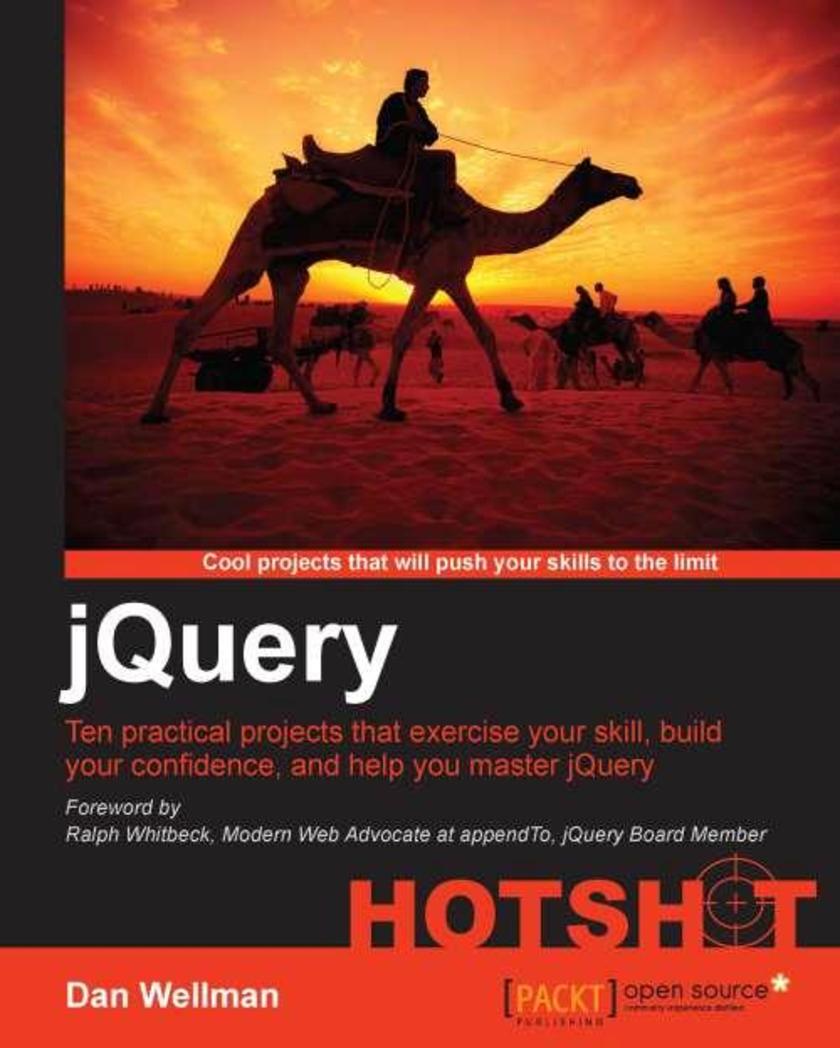
jQuery Hotshot
¥80.65
This book takes a hands-on, tutorial-style approach that walks you step -by -step through 10 individual projects that each focus on producing a specific, real-world product or application. This book is aimed primarily at front-end developers, preferably already with a little jQuery experience, or those people that simply want to build on their existing skills with jQuery.
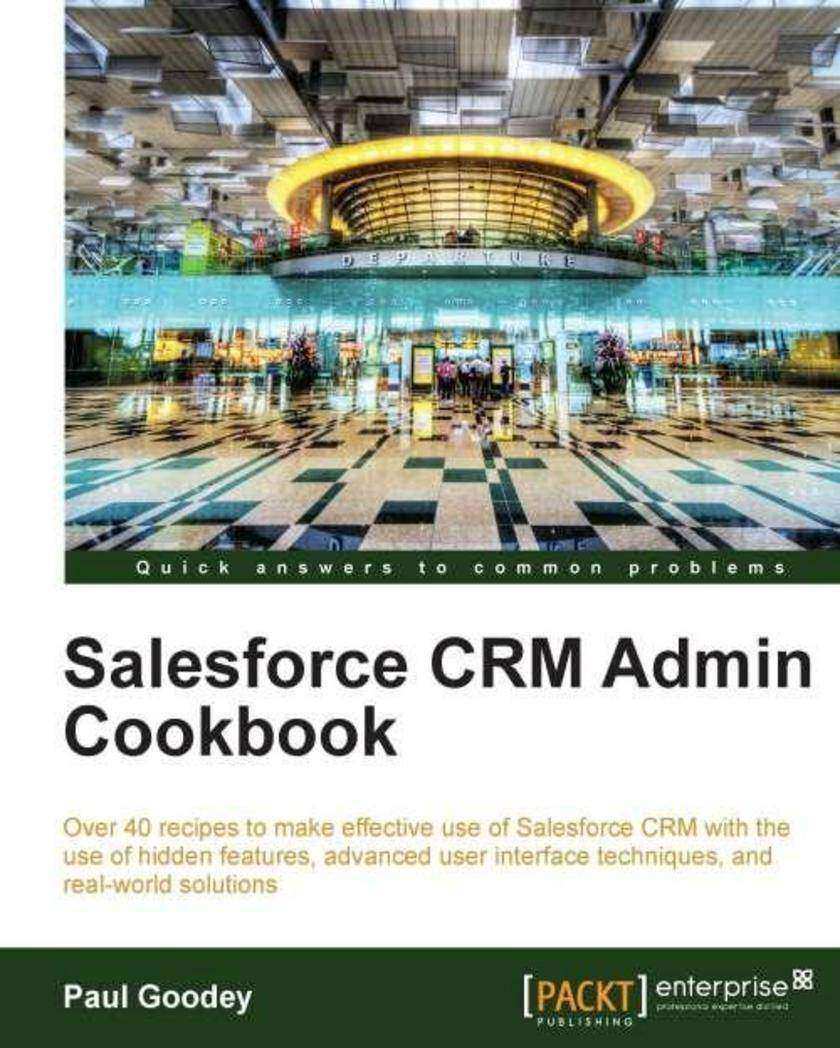
Salesforce CRM Admin Cookbook
¥107.90
This book is written in a Cookbook-style format and provides you with immediately useable recipes that extend the functionality of Salesforce CRM and solves real-world problems encountered within the Salesforce CRM application. The recipes in this Cookbook contain proven, step-by-step instructions along with detailed screenshots. This Cookbook has been designed so that you can read it chapter by chapter, starting with recipes that provide enhancements to the user interface, and finishing with recipes that cover data and systems integration. You can also refer to the list of recipes and choose to access them in no particular order. Either method allows you to rapidly implement solutions in your organization that extend and enhance the functionality of Salesforce CRM for your users. This book is for Salesforce administrators and developers who want to quickly incorporate enhanced functionality and extend the power of Salesforce CRM. Whether you are a Salesforce novice or a more experienced administrator, this book provides practical, step-by-step instructions in the use of hidden features, advanced user interface techniques, and solutions for process automation, plus data and systems integration. Not only are standard Salesforce CRM features covered, such as workflow and approval processes, validation rules, and formula fields, but you will also be exposed to further technologies that include HTML, Java*, CSS, Apex, and Visualforce.

Oracle ADF Real World Developer’s Guide
¥107.90
This book is written in simple, easy to understand format with lots of screenshots and step-by-step explanations,If you are an ADF developer looking forward to building healthy and better performing applications using Oracle ADF, then this is the best guide for you. You need to be proficient with Java and ADF before getting started with this book.
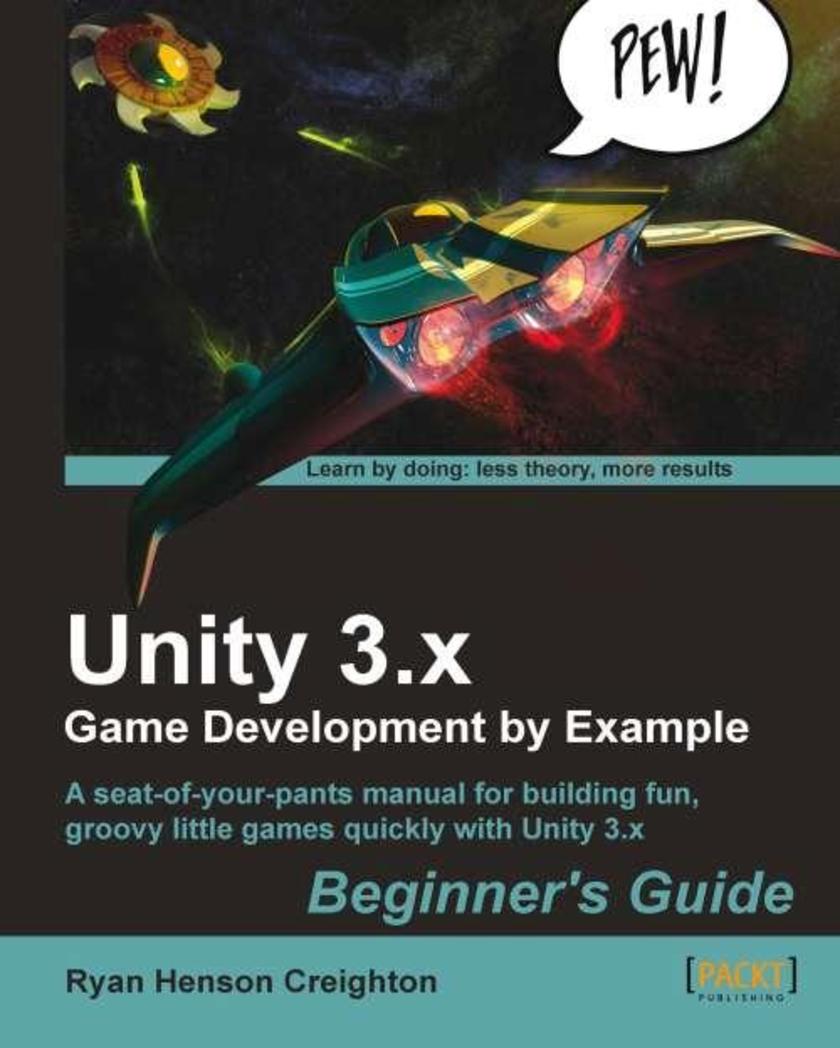
Unity 3.x Game Development by Example Beginner's Guide
¥80.65
The book takes a clear, step-by-step approach to building small, simple game projects. It focuses on short, attainable goals so that the reader can finish something, instead of trying to create a complex RPG or open-world game that never sees the light of day. This book encourages readers hungry for knowledge. It does not go into gory detail about how every little knob and dial functions – that's what the software manual is for! Rather, this book is the fastest path from zero to finished game using the Unity game engine. If you've ever wanted to develop games, but have never felt "smart" enough to deal with complex programming, this book is for you. It's also a great kick-start for developers coming from other tools like Flash, Unreal Engine, and Game Maker Pro.
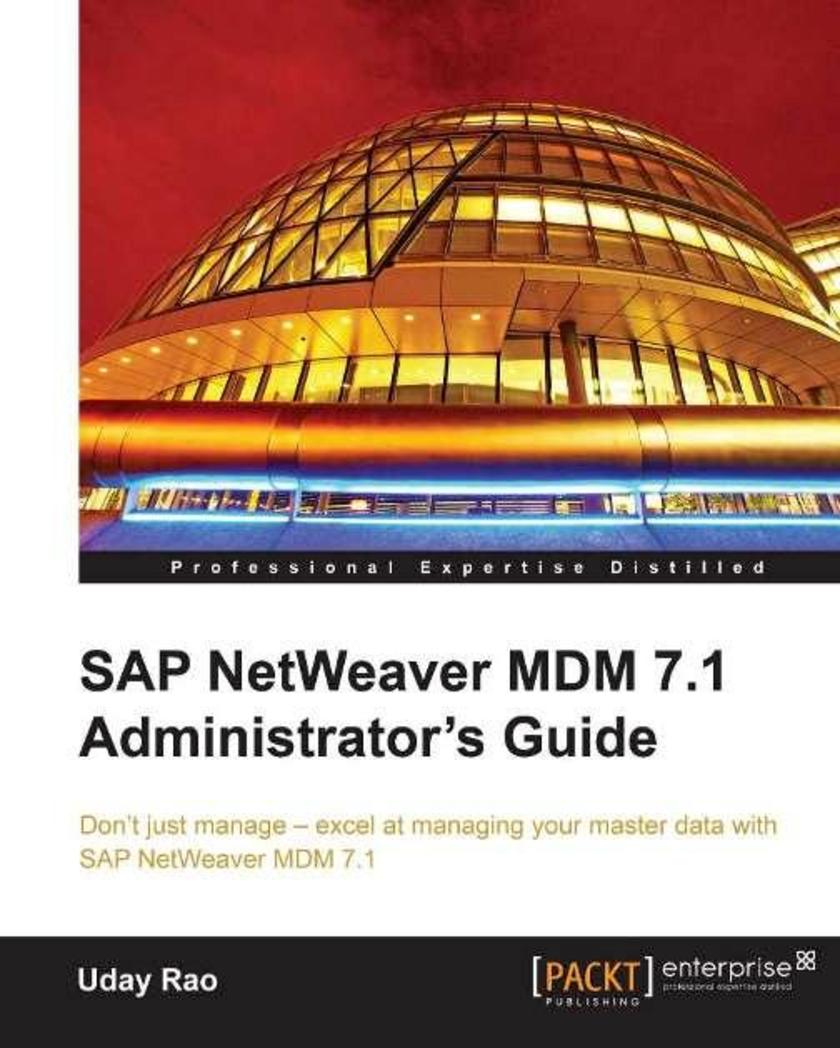
SAP NetWeaver MDM 7-1 Administrators Guide
¥125.34
This book is written in an easy-to-read style, with a strong emphasis on real-world, practical examples with step-by-step explanations. This book will appeal to administrators who are responsible for implementing and managing SAP NetWeaver MDM in their systems. Basic knowledge of MDM is desirable, but not knowledge of SAP NetWeaver MDM. If you are already familiar with NetWeaver it will be easy for you to follow the book.
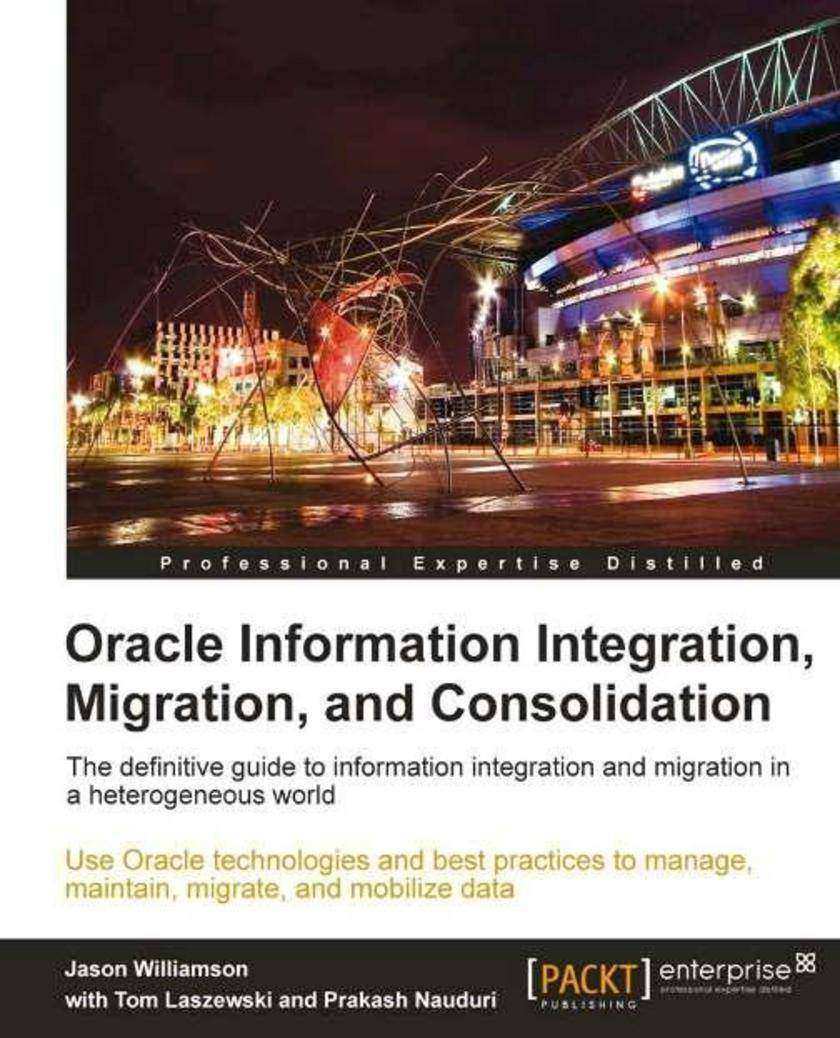
Oracle Information Integration, Migration, and Consolidation
¥99.18
This enormously practical guide, interspersed with numerous real-life case studies and actual business scenarios, shows readers when, where, and how to use Oracle's wide range of data integration products. If you are a DBA, application or data architect, or data integration specialist who is running an Oracle database or middleware and you want to learn about the latest on Oracle's information integration platform, then this book is for you. You can also benefit from this book if you are an application developer or technical and project lead with a focus on master data management, data warehousing, and data consolidation. You should have working experience with Oracle Database, data integration, consolidation, and migration, as well as some familiarity with integration middleware products and information service buses.
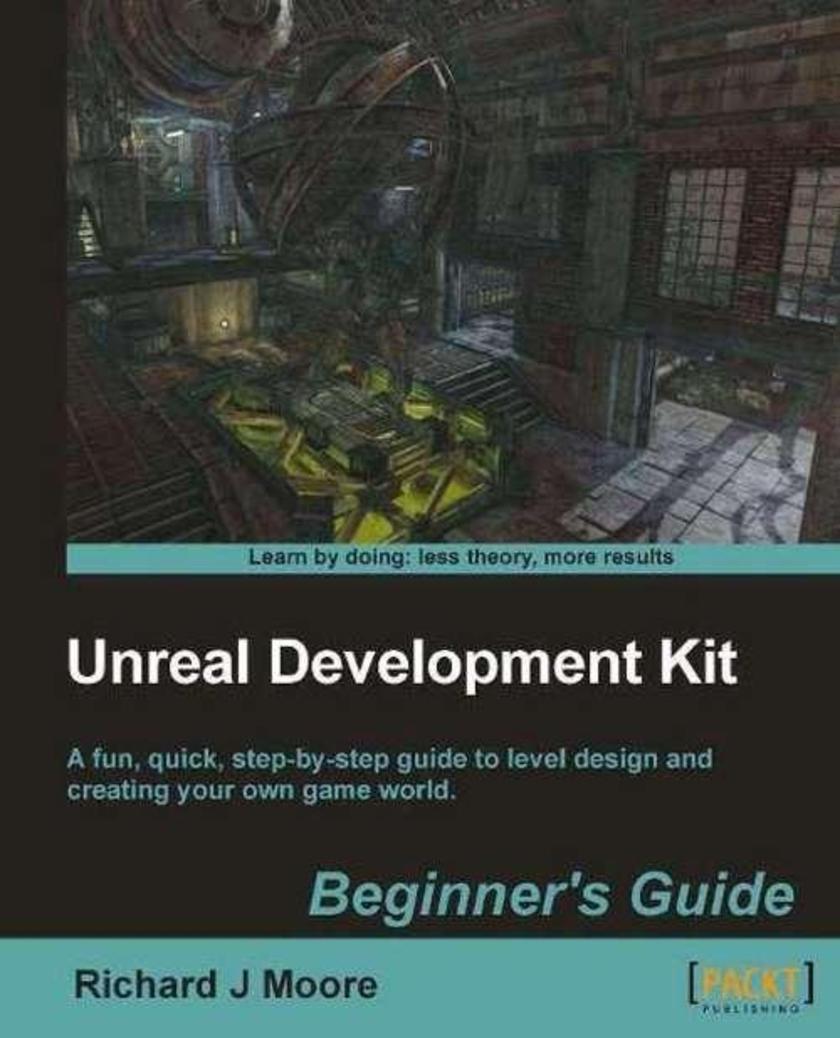
Unreal Development Kit 3: Beginners Guide
¥71.93
This beginner's guide focuses on getting you quickly through all the major learning points in a smooth, logical order. You'll also learn how to avoid some common pitfalls. Aspiring game developers who want to learn how to create their own levels, maps, game worlds and environments. You don’t need game design or game development experience and no experience of UDK is required

haXe 2 Beginner's Guide
¥80.65
This book is part of the Packt Beginner's Guide series. Written in an engaging style, it offers step-by-step examples with screenshots at key steps and clear explanation of what is happening in each task. This book is written for both Beginners and Developers who want to learn this multi-platform programming language to build web applications from scratch.
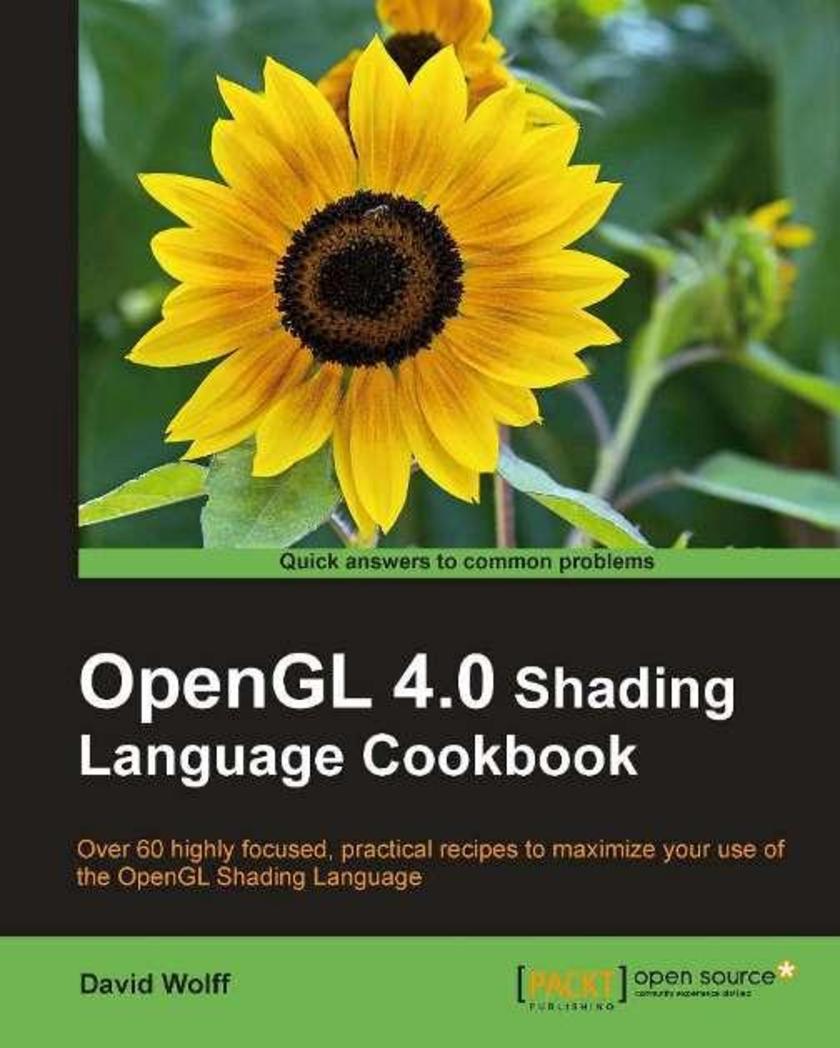
OpenGL 4.0 Shading Language Cookbook
¥90.46
This hands-on guide cuts short the preamble and gets straight to the point – actually creating graphics, instead of just theoretical learning. Each recipe is specifically tailored to satisfy your appetite for producing real-time 3-D graphics using GLSL 4.0. If you are an OpenGL programmer looking to use the modern features of GLSL 4.0 to create real-time, three-dimensional graphics, then this book is for you. Familiarity with OpenGL programming, along with the typical 3D coordinate systems, projections, and transformations is assumed. It can also be useful for experienced GLSL programmers who are looking to implement the techniques that are presented here.
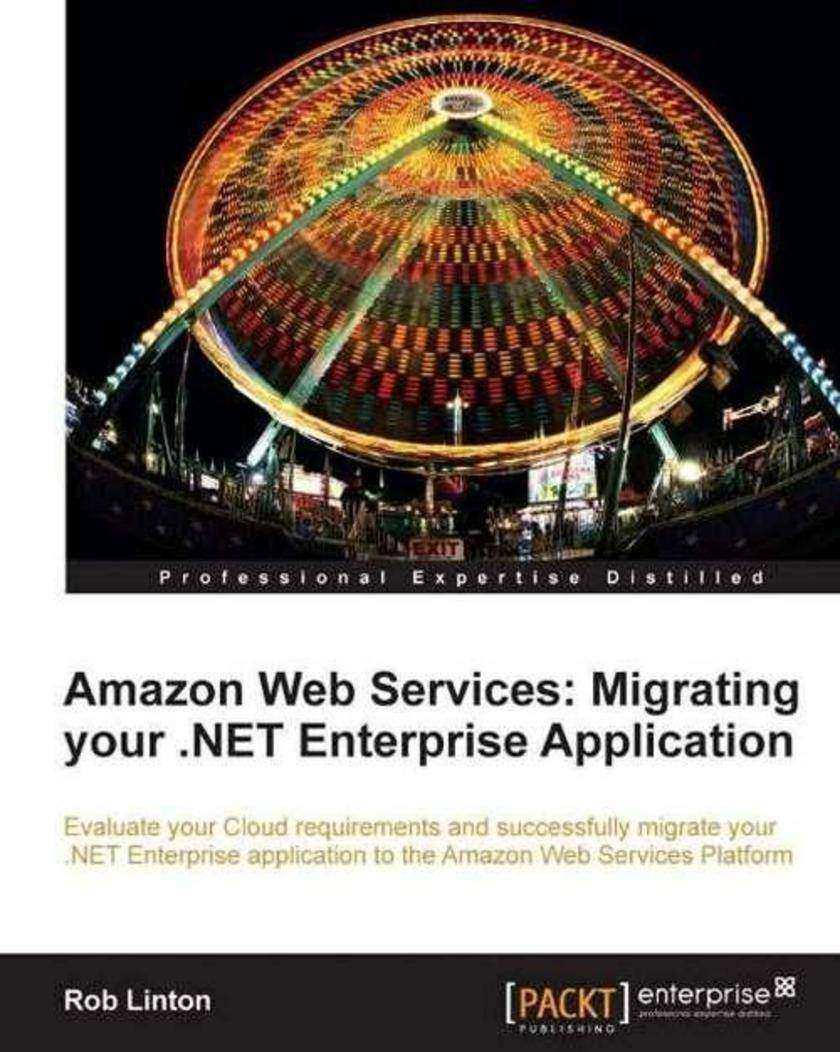
Amazon Web Services: Migrating your .NET Enterprise Application
¥80.65
This practical, step-by-step guide follows the process of moving a sample Enterprise .NET application to the Amazon Cloud. Companies that have designed, developed, and hosted applications based on the Microsoft .NET technology stack should not miss out on this book. If you are looking to expand into using the vast array of services available on the Amazon Cloud but are unsure how to proceed, then this will help to get you on your way. Administrators or developers managing such applications should have basic experience of the platform and the web servers that thay are intending to move to Amazon. No knowledge of AWS is required.
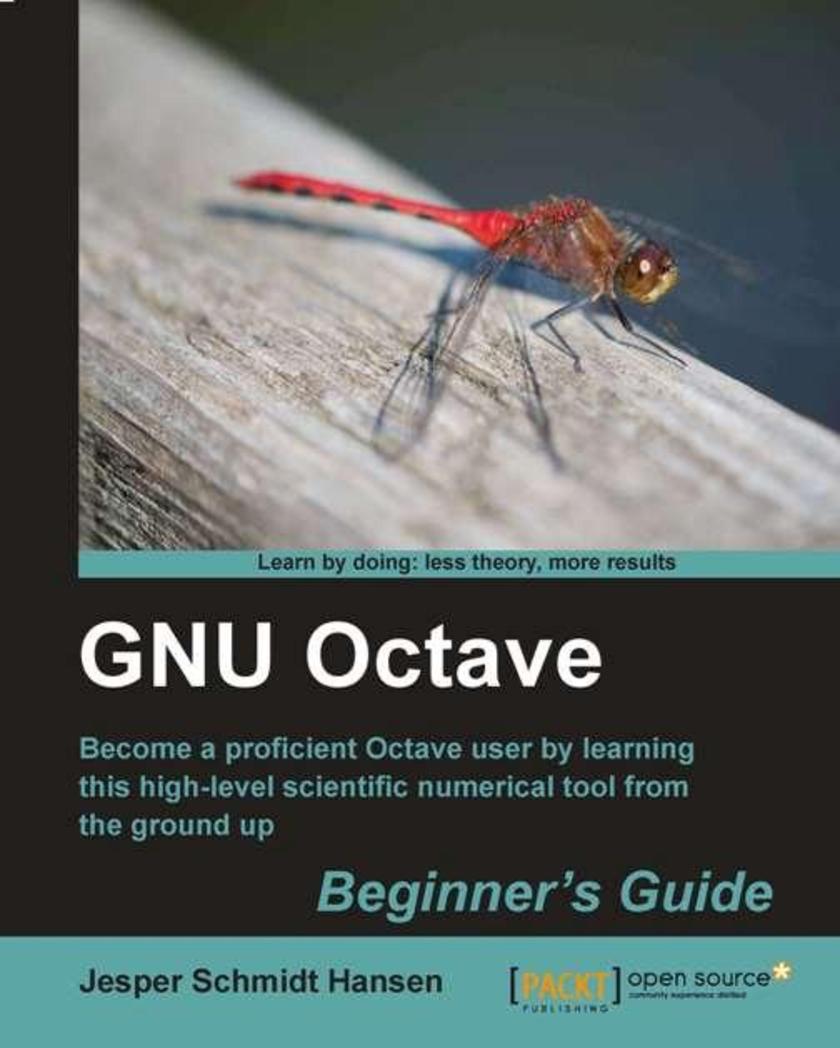
GNU Octave Beginners Guide
¥80.65
This is a practical, step-by-step guide that will help you to quickly become a proficient Octave user. The book is packed with clear examples, screenshots, and code to carry out your data analysis without any problems. This book is intended for anyone interested in scientific computing and data analysis. The reader should have a good level of mathematics and a basic understanding of programming will be useful, although it is not a prerequisite.

History Teaching with Moodle 2
¥71.93
Follow the creation of a History course with lots of practical examples and screenshots. Each chapter builds on the course and takes you through a different aspect of teaching history using Moodle. All exercises in the book relate to different periods of history and are suitable for all students of high-school age. This book is for history teachers who would like to enhance their lessons using Moodle. It doesn't matter if you haven't used Moodle before; as long as someone has set it up for you, you can get started with the exercises in the book straightaway.
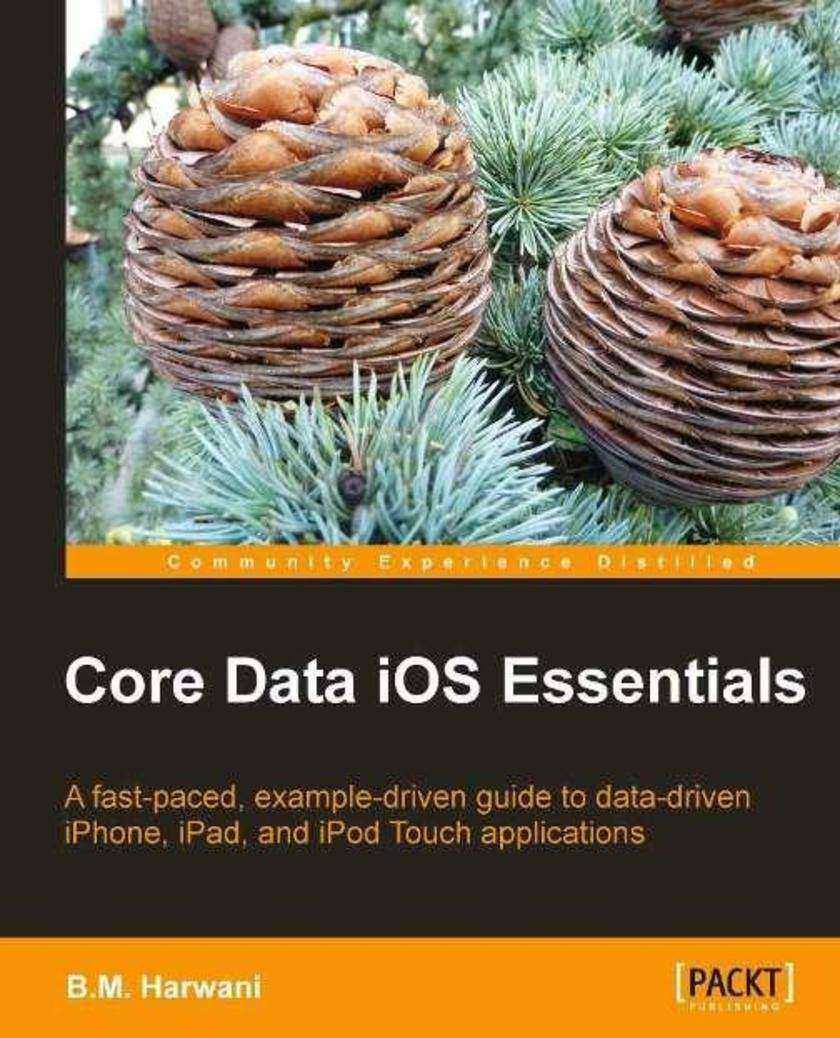
Core Data iOS Essentials
¥80.65
The book follows an unfolding example app, exploring the features and principles of Core Data as they are added to the app. The book is full of step-by-step instructions, clear explanations, and useful quick reference material. If you've already explored iOS development and maybe even dabbled with Core Data, this book will set your data-driven application development on a firm footing.




 购物车
购物车 个人中心
个人中心



